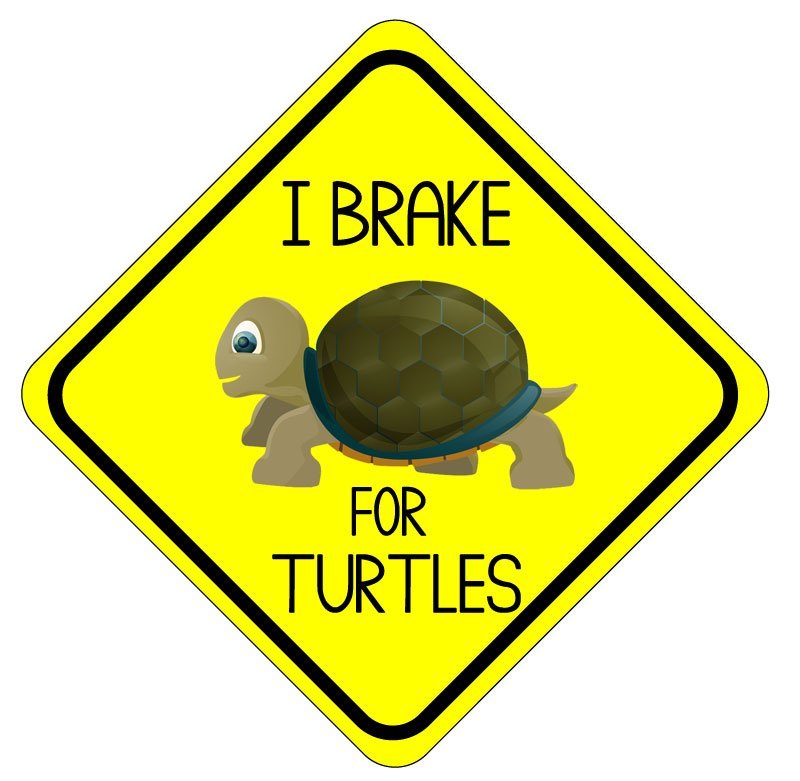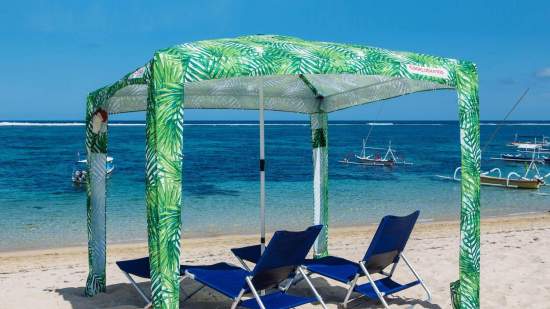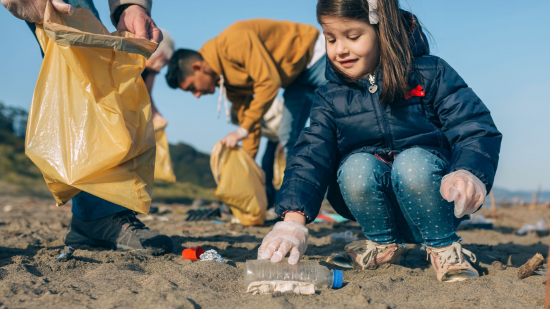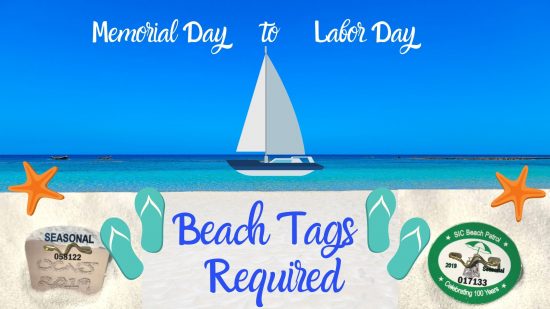Give Turtles a Brake

June is here, and so is turtle nesting season. As you cruise to the shore, remember to look out for our turtle friends, who often cross roadways along marsh areas to find a safe place to lay eggs.
 The turtles, known as Diamondback Terrapins, are native to New Jersey and are exclusively found in salt marshes. Terrapins are believed to be the only species in the world that exclusively lives in brackish water, where the salinity is higher than fresh water but not as high as saltwater. Salt marshes are coastal wetlands that are flooded and drained twice a day by the tides. They are important to the protection of our coast, as they protect the shoreline from erosion by buffering waves, absorbing rainwater and mitigating storm surges. They filter and remove sediments and toxins from the water and provide a highly productive environment for the sustenance of important marine species. In particular, salt marshes provide terrapins with a rich source of food, including invertebrates such as crabs, mussels and snails. Terrapins are important to the salt marsh ecosystem because they feed on snails that destroy salt marsh cord grass – if left alone, these snails will obliterate the marsh and leave behind a barren mudflat.
The turtles, known as Diamondback Terrapins, are native to New Jersey and are exclusively found in salt marshes. Terrapins are believed to be the only species in the world that exclusively lives in brackish water, where the salinity is higher than fresh water but not as high as saltwater. Salt marshes are coastal wetlands that are flooded and drained twice a day by the tides. They are important to the protection of our coast, as they protect the shoreline from erosion by buffering waves, absorbing rainwater and mitigating storm surges. They filter and remove sediments and toxins from the water and provide a highly productive environment for the sustenance of important marine species. In particular, salt marshes provide terrapins with a rich source of food, including invertebrates such as crabs, mussels and snails. Terrapins are important to the salt marsh ecosystem because they feed on snails that destroy salt marsh cord grass – if left alone, these snails will obliterate the marsh and leave behind a barren mudflat.
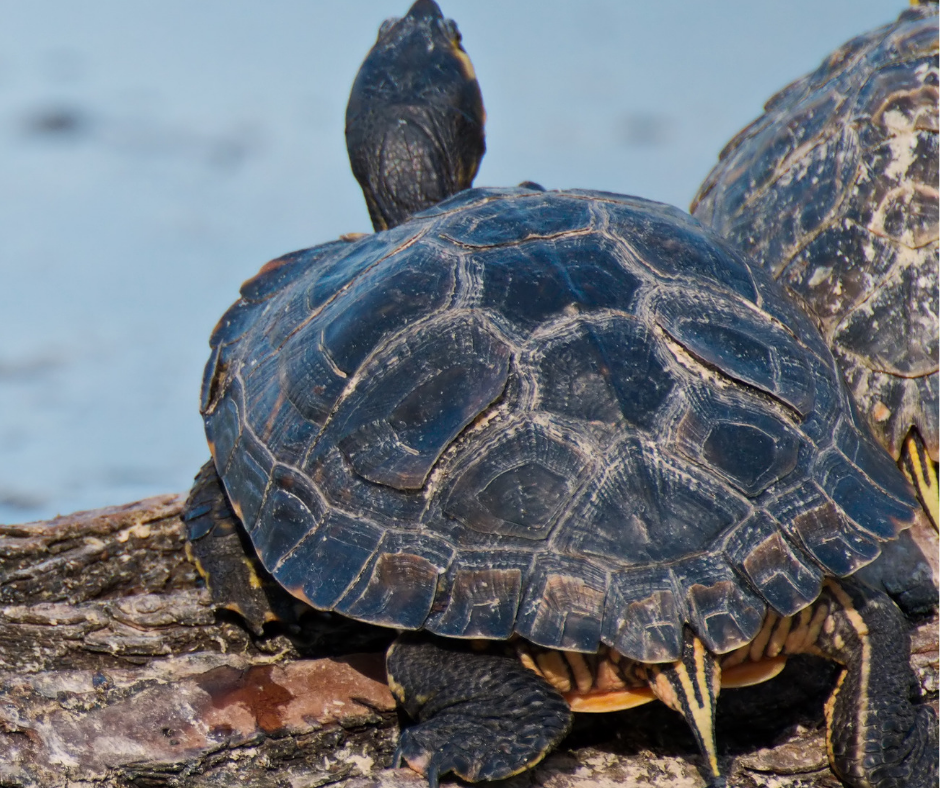 Diamondback Terrapins have a unique pattern on their shells, consisting of near diamond-shaped, concentric growth rings which indicate the turtle’s age. Terrapins were once hunted for food and almost faced extinction in the early 1900s. The species became so limited in numbers that its near extinction drove up the price of Terrapin meat, which was widely used along with sherry to make turtle stew. Then, in 1920, the advent of Prohibition limited the ability to procure sherry, a main ingredient in the stew. By the end of the decade, when the Great Depression hit, most people were no longer able to afford Terrapin meat. The combination of both Prohibition and the Depression pushed the pause button on the harvesting of Terrapins, and this allowed the species to repopulate.
Diamondback Terrapins have a unique pattern on their shells, consisting of near diamond-shaped, concentric growth rings which indicate the turtle’s age. Terrapins were once hunted for food and almost faced extinction in the early 1900s. The species became so limited in numbers that its near extinction drove up the price of Terrapin meat, which was widely used along with sherry to make turtle stew. Then, in 1920, the advent of Prohibition limited the ability to procure sherry, a main ingredient in the stew. By the end of the decade, when the Great Depression hit, most people were no longer able to afford Terrapin meat. The combination of both Prohibition and the Depression pushed the pause button on the harvesting of Terrapins, and this allowed the species to repopulate.
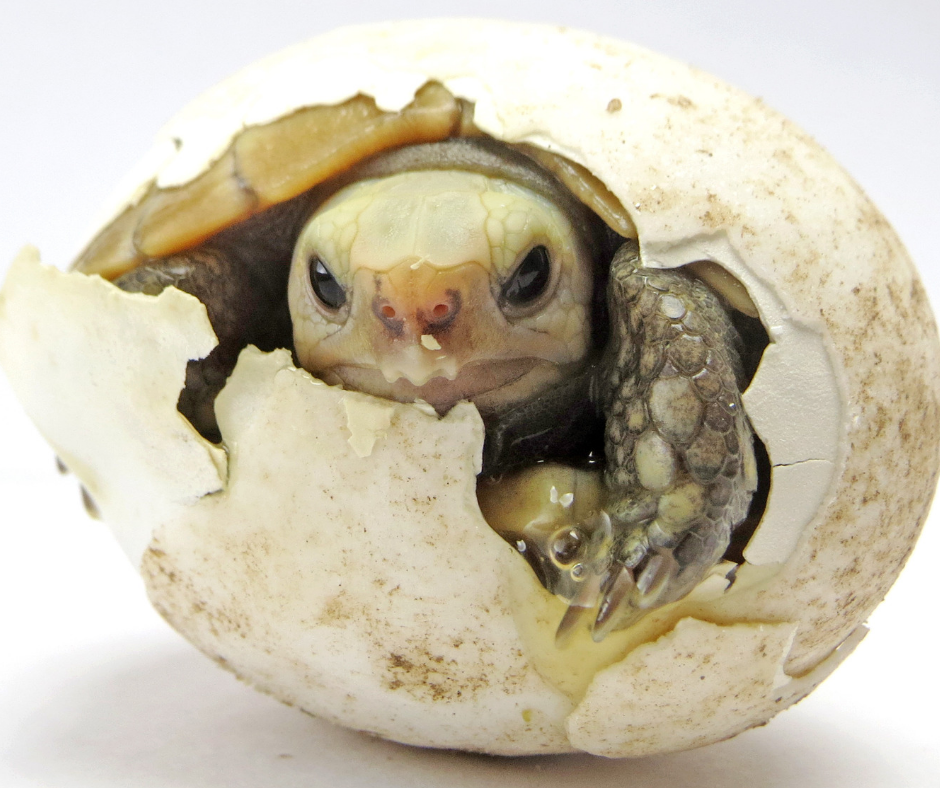 Terrapins hibernate during winter, completely submerging themselves in the muddy bottoms of the marshes. They emerge and breed between March and May. In June and July, female terrapins leave the safety of the salt marsh to lay their eggs, seeking areas with sandy soil or gravel surfaces above the high tide line. Since the marsh area does not provide this type of environment, the turtles must travel closer to the beach in search of an appropriate nesting area, which increases the danger they face in crossing roads and traveling through developed areas. Once they select a place to nest, the turtle will lay clutches of eggs which typically hatch in 60 to 80 days, the temperature of the soil being a contributing factor to when hatching occurs (the warmer, the faster). Soil temperature also determines sex of the hatchlings – the warmer the soil, the more females are produced. Once the mother turtle lays her eggs, she leaves them behind and the babies must then fend for themselves after they hatch, which can be anytime between August and October. It is believed that only 1 to 3% of the eggs laid produce a hatchling, and the number of those babies surviving to adulthood is also similarly low. Once hatched, the baby turtles will immediately head to marsh vegetation which helps provide protection from predators. Terrapins, both adult and young, inherently know which direction they must travel so it’s important to allow a turtle to continue its path or help it along in the direction it was heading when found.
Terrapins hibernate during winter, completely submerging themselves in the muddy bottoms of the marshes. They emerge and breed between March and May. In June and July, female terrapins leave the safety of the salt marsh to lay their eggs, seeking areas with sandy soil or gravel surfaces above the high tide line. Since the marsh area does not provide this type of environment, the turtles must travel closer to the beach in search of an appropriate nesting area, which increases the danger they face in crossing roads and traveling through developed areas. Once they select a place to nest, the turtle will lay clutches of eggs which typically hatch in 60 to 80 days, the temperature of the soil being a contributing factor to when hatching occurs (the warmer, the faster). Soil temperature also determines sex of the hatchlings – the warmer the soil, the more females are produced. Once the mother turtle lays her eggs, she leaves them behind and the babies must then fend for themselves after they hatch, which can be anytime between August and October. It is believed that only 1 to 3% of the eggs laid produce a hatchling, and the number of those babies surviving to adulthood is also similarly low. Once hatched, the baby turtles will immediately head to marsh vegetation which helps provide protection from predators. Terrapins, both adult and young, inherently know which direction they must travel so it’s important to allow a turtle to continue its path or help it along in the direction it was heading when found.
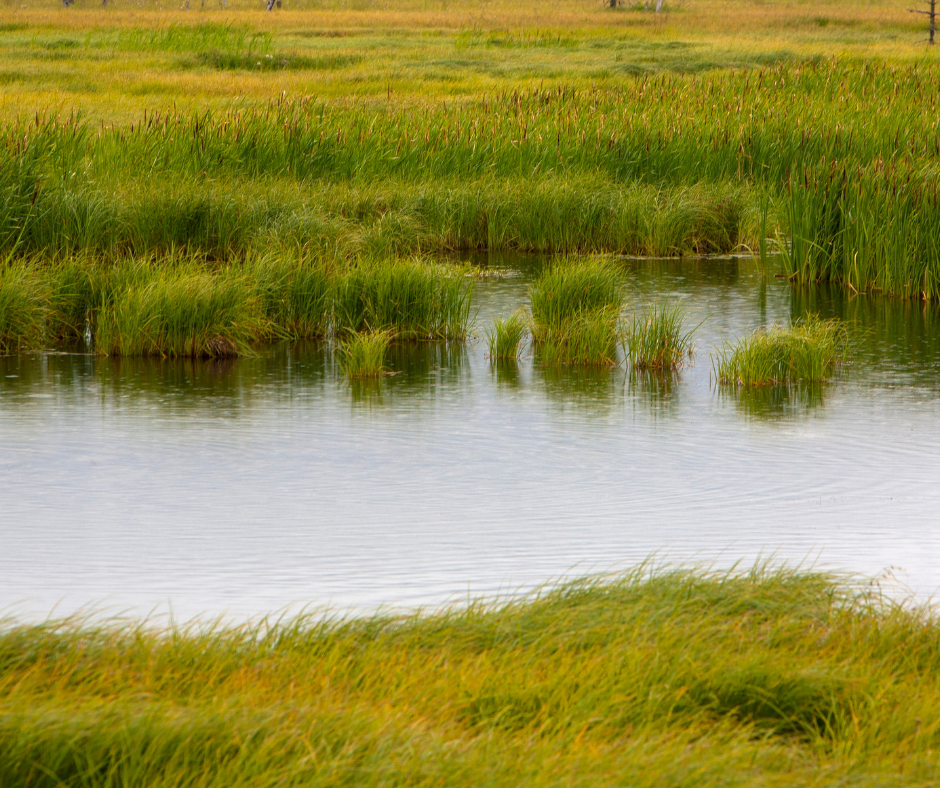 While Terrapins can live for up to 25 years, the turtles are constantly in danger due to habitat loss from development and erosion, as well as drowning in fishing gear. As a result, Terrapins are considered a “species of special concern” in New Jersey. Fortunately, several state and federal laws now limit the development and alteration of wetlands, which helps protect the Terrapins’ home from destruction by humans. And, thanks to The Wetlands Institute, a device was invented in the 1990’s to prohibit Terrapins from entering Maryland-style crab traps which posed a special hazard to the turtles. Tempted by the bait fish used in these traps, the turtles would try to enter, become entangled, and drown. The excluder devices allow crabs to enter but are too small for turtles to pass through. In 1998, New Jersey mandated the use of this device on all crab traps used in salt marshes. While these innovative devices and protective laws have helped minimize some of the threats to Terrapins, the greatest threat to their species remains – crossing roadways to nest or return to the marsh and getting hit by passing cars.
While Terrapins can live for up to 25 years, the turtles are constantly in danger due to habitat loss from development and erosion, as well as drowning in fishing gear. As a result, Terrapins are considered a “species of special concern” in New Jersey. Fortunately, several state and federal laws now limit the development and alteration of wetlands, which helps protect the Terrapins’ home from destruction by humans. And, thanks to The Wetlands Institute, a device was invented in the 1990’s to prohibit Terrapins from entering Maryland-style crab traps which posed a special hazard to the turtles. Tempted by the bait fish used in these traps, the turtles would try to enter, become entangled, and drown. The excluder devices allow crabs to enter but are too small for turtles to pass through. In 1998, New Jersey mandated the use of this device on all crab traps used in salt marshes. While these innovative devices and protective laws have helped minimize some of the threats to Terrapins, the greatest threat to their species remains – crossing roadways to nest or return to the marsh and getting hit by passing cars.
In order to do your part to protect the lives of this important marsh ecosystem species, experts ask that you follow these tips:
1. Keep your speed down in and around the shore and keep a distance from the car in front of you so you can better see and avoid a crossing turtle.
2. If you see a turtle on the road and can safely reach it, pick it up by the sides of its shell and carry it across the road in the direction it is heading.
3. If you witness a turtle nesting, keep your distance as your presence may scare her. Once she has laid her eggs and left, you can use protective netting to keep the eggs safe from predators, but it must be removed before the hatchlings emerge. It is best to call The Wetlands Institute to get more direction on what you may do to protect the nest without endangering it.
4. Baby terrapins best survive where there is cover from predators. If you find one trying to cross the road, it is okay to gently pick it up to remove it from the danger and release it in marsh grass near where you found it.
5. Please contact The Wetlands Institute if you find an injured terrapin, as they have the resources to remove and treat the turtle. Also contact them if you find a dead turtle with intact eggs as they may be able to recover, incubate and hatch the eggs.
7. Please do not remove a turtle from its natural habitat and try to keep it as a pet or souvenir – it is likely to die, and it’s illegal.
To learn more about Diamondback Terrapins, including the Terrapin Conservation Program and what you may do to help, contact The Wetlands Institute. And don’t forget to brake for turtles! 